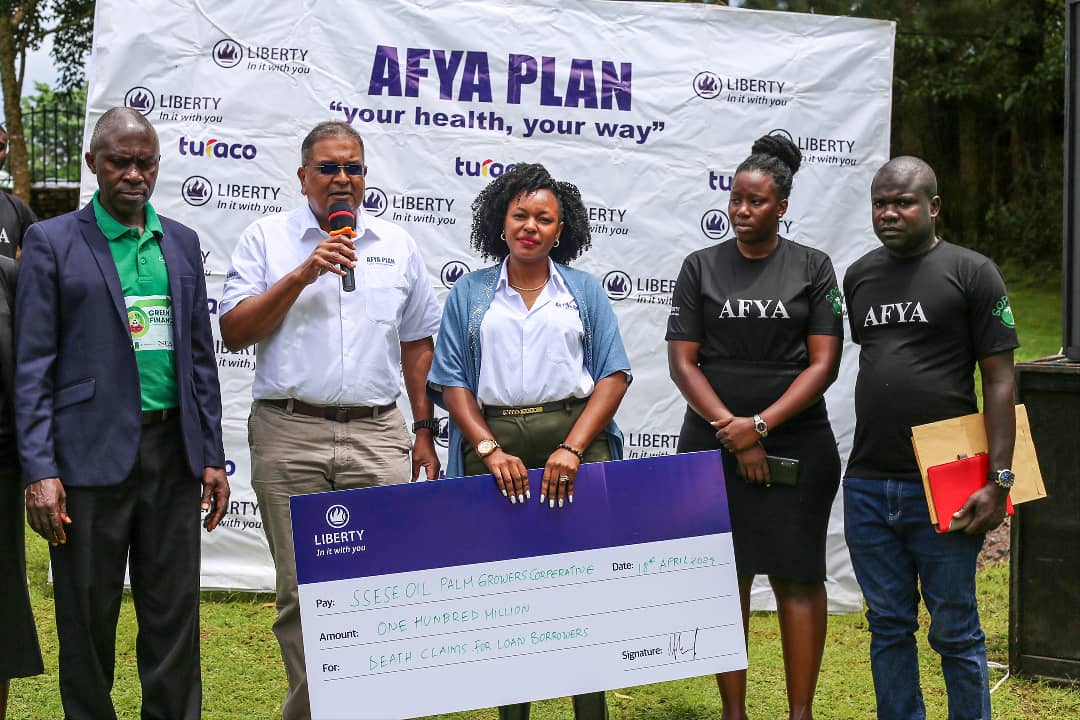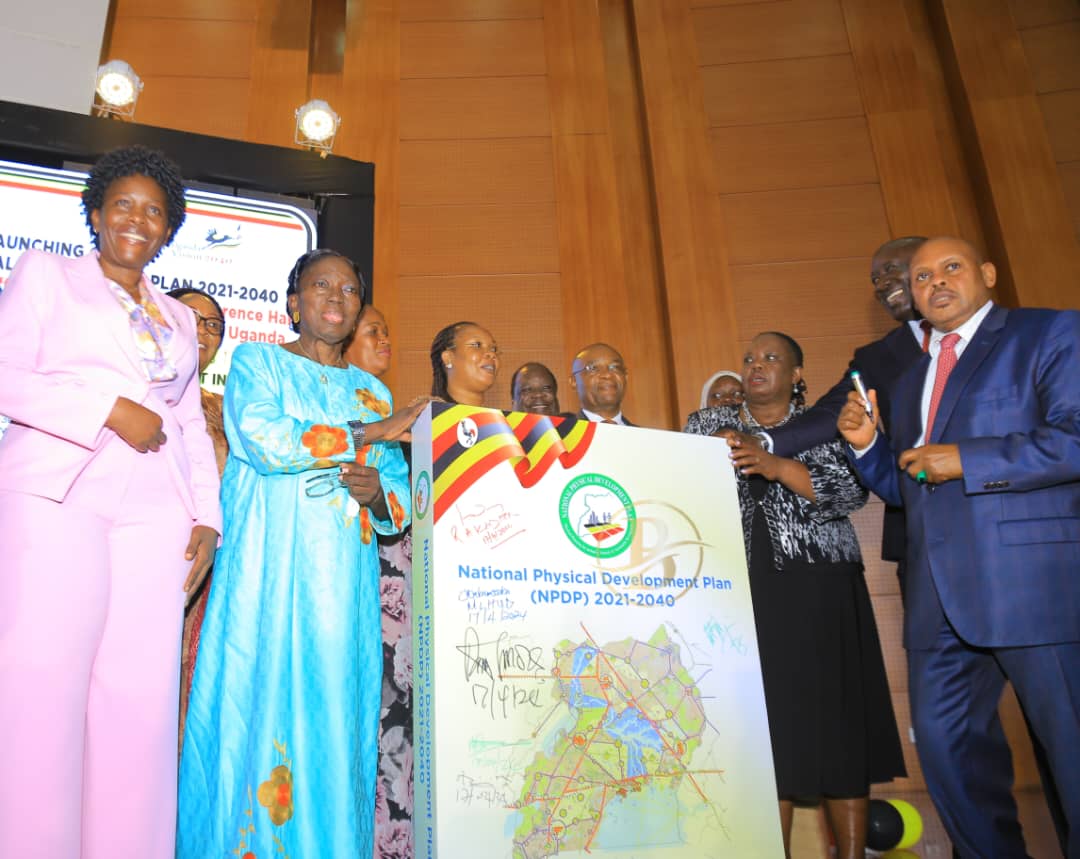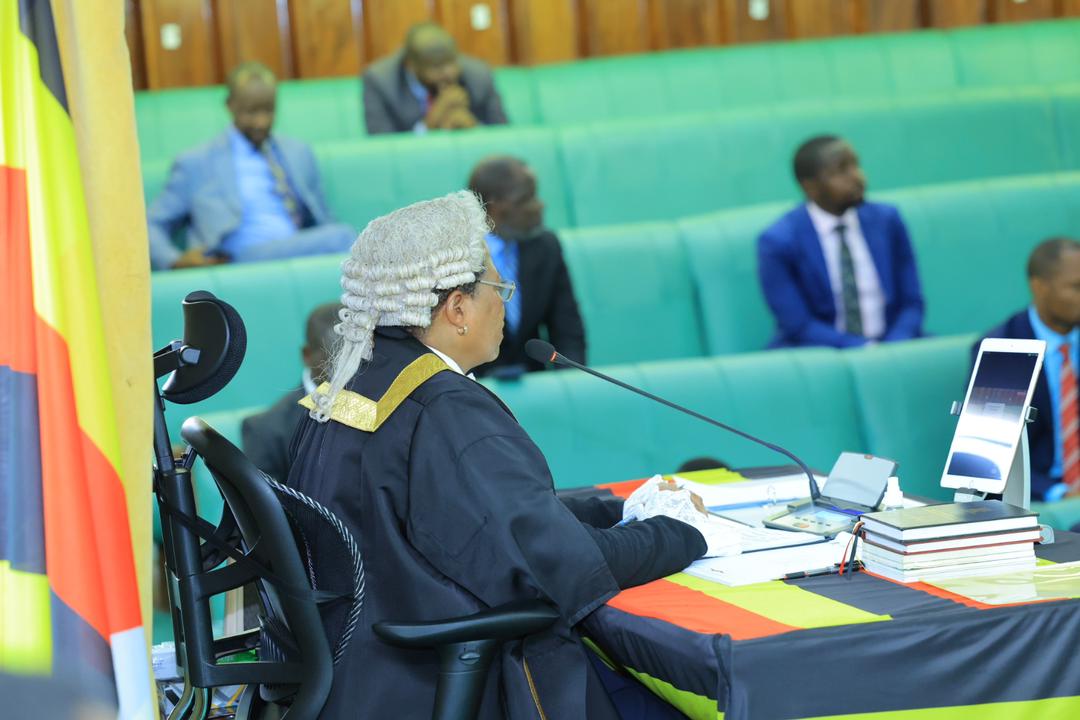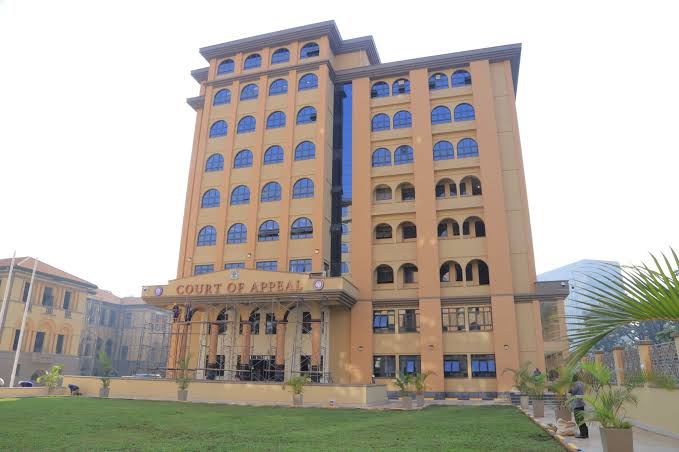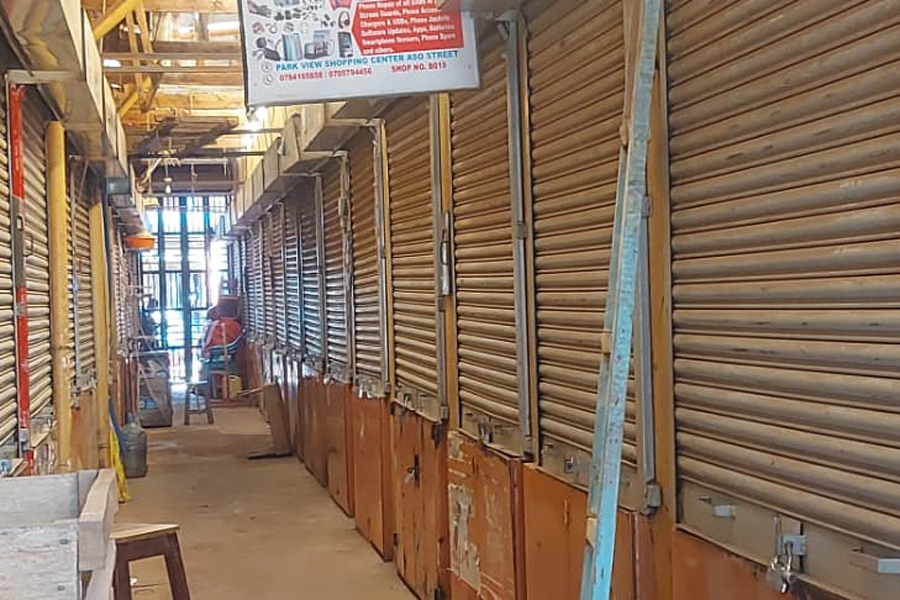Agriculture ministry needs UGX 5 billion for locust invasion awareness campaign
Ministry of Agriculture, Animal Industry and Fisheries needs 5 billion shillings to create awareness of a potential locusts’ invasion.
The second half of the year 2019 recorded unusually high rains most parts of Eastern Africa that had not been seen in many years. The rains incidentally fell also in the semi-arid traditional Desert Locusts (Schistocerca gregaria) breeding ecological areas of Sudan, Ethiopia, Eritrea and Somalia. The favorable conditions facilitated further locusts breeding, multiplication and spread into Kenya.
Keep Reading
- > Rev Can Ateirweho lists priorities as he starts work as Bunyoro Kitara Bishop
- > Liberty pays shs100m in life insurance claim to Kalangala family
- > Uganda Charts Course for Sustainable Growth with National Development Plan
- > Speaker Among calls for guidelines to streamline transportation of school children
According to a statement from Aggrey Bagiire who is the Minister of State for Agriculture, Animal Industry and Fisheries, the ministry needs shs 5 billion to fund an awareness and control campaign.
He said, “The Ministry has communicated to the office of the Prime Minister on the imminent Locust invasions and requested MOFPED for provision of a contingency fund of 5 billion Uganda shillings to cater for aircraft fuel (aircraft to be provided by DLCO EA), pesticides for control, provide for ground spray equipment and spray teams and to continuously create awareness to the population in case of an invasion,”
Bagiire added that they have communicated to MOFPED to make good of the arrears on Annual contributions to DLCO EA, which currently stands at US $ 5,090,000 as of June 30, 2019. This, according to Bagiire is in cognizance and appreciation of the current pressure on the DLCO EA operation.
Bagiire however urged Ugandans not to panic over the locust invasion because they are vigilantly following up developments and control efforts in Kenya and in case of any outbreak; they are ready to handle it.
“A technical team of two officers has been assigned to travel to Kenya to understudy the current locust control operations to subsequently share experiences and support the control efforts in Uganda (in case of any outbreak),” Bagiire said.
Bagiire added that Uganda is a member of the Desert Locust Control Organization of East Africa (DLCO EA) and is currently working and sharing information on the current status of the desert Locust in the region.
According to Bagiire, the ministry has also alerted all the districts in Karamoja and entire Eastern region to be on the look out. He urged the public to report immediately to the nearest extension staff I case of any strange grasshoppers detected in the areas.
Current situation and control operations in Kenya
By October 2019, the desert locust situation had worsened in Ethiopia, Sudan, Eritrea, and Somalia and the governments had instituted aerial spray control operations with support from Desert Locust Control Organization for Eastern Africa (DLCOEA) and other Development partners.
As earlier predicted by FAO experts, the locusts invaded North Eastern Kenyan County of Mandera by December 2019. Currently by (9th January,2020) they have spread to the 6 counties of Mandera, Marsabit, Wajir, Garissa, Meru and Isiolo. The Kenyan government working with DLCOEA and partners has instituted control operations to suppress the population and stop further spread.
Facts about the Desert Locust
Desert Locust (Schistocerca gregaria) is a species of short- horned grasshopper family. It is characterized by its nature of high mobility (migratory) and broad spectrum feeding habits.
Locust Status/ Phases
Locusts have ability to alter their behavior, colour, size and shape. When the population density is low, locusts behave as individuals, when the population is high, they swarm and migrate. The locust life cycle comprises three stages of egg, hopper and adult and it lives a total of 3 to 6 months.
Edited by David Tumusiime



